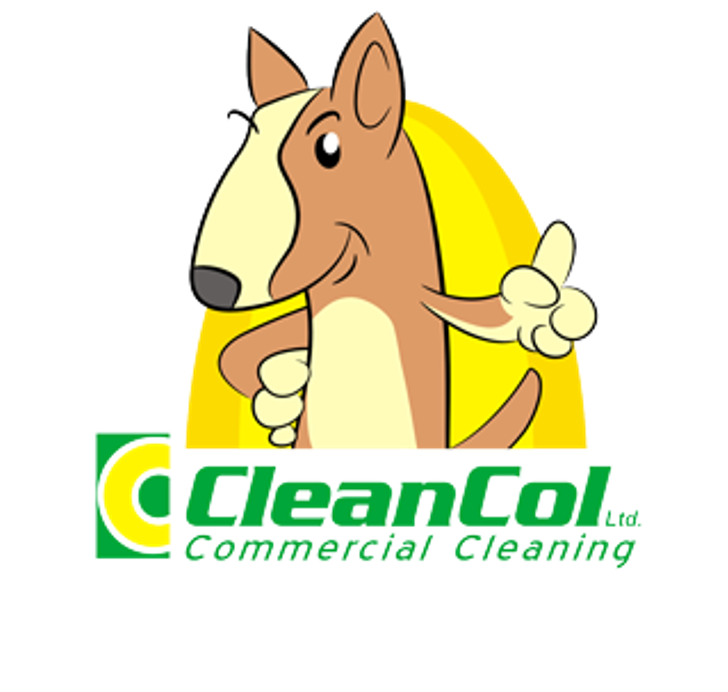Move-Out Cleaning After End of Lease
- Juan Pablo Barbosa

- Aug 17, 2022
- 4 min read
Updated: Oct 1, 2022

When you move out of a rented or leased property, whether it’s a residential or a commercial one, you need to ensure that it’s back to its original condition before you turn it over back to the landlord. If not, you won’t get your deposit back; you may even end up paying additional fees if you leave the place in a mess.
For the best results, it’s best to hire a commercial cleaning service provider. This will allow you to focus on other important matters related to your move, such as setting up utility services and updating your address for business purposes.
In addition, hiring professionals to do the end-of-lease cleaning for you is actually a practical decision. This is because the process is starkly different from regular day-to-day cleaning. If you attempt to DIY, you’re likely going to miss out on a lot of details.
Here’s a better look at how end-of-lease cleaning differs from regular cleaning, so you can better understand and appreciate the service:
What Is Regular Cleaning?
The term “regular cleaning” refers to the daily and weekly tasks that keep your home or office organized and sanitized. In domestic settings, in particular, this collection of tasks can be considered your usual household chores.
Some of these regular cleaning tasks include:
Dusting all surfaces like tabletops, shelves, and counters
Sweeping, mopping, and vacuuming floors
Tidying up and throwing away garbage
Washing the dishes
Many weekly and monthly cleaning tasks, some of which may be more intensive, also fall under the umbrella of “regular” cleaning. These include things like scrubbing the toilet, cleaning windows, and washing carpets.
What Is End of Lease Commercial Cleaning?
To protect their properties, landlords require a security deposit from their renters or lessors. This serves as your guarantee that not only will you follow the terms of the rental/lease agreement, but also that you will leave the unit in good condition once your contract expires.
As such, end-of-lease commercial cleaning is an exhaustive process. It’s like daily cleaning but turned up to eleven. The end goal is to restore the property’s state when it was first handed over to you and prepare it for the next renters or lessors.
Some of the tasks included in end-of-lease cleaning are:
Scrubbing and / or spot-cleaning walls and baseboards
Deep-cleaning of appliances, furniture, and fixtures that came with the property
Window-cleaning, including the tracks, frames, and all other components
Deep-cleaning toilets and bathrooms (including the removal of limescale)
Deep-cleaning carpets and upholstery
Exterior cleaning (e.g., pressure washing patios), when necessary
Sanitization of every area
Afterwards, the owners will come and inspect the property to ensure that you’ve fulfilled your end of the deal. Once they’ve deemed that you have left the place as you found it, so to speak, then they’ll return your deposit in full. At the same time, you can maintain your reputation as an upstanding renter or lessor.
The Difference Between End of Lease and Regular Cleaning
Now that a clear line between the two types of cleaning has been established, it’s easier to see the more specific differences between end-of-lease cleaning versus regular maintenance. Some of these are listed below:
End of Lease Cleaning Requires Specialised Tools
In order to provide a deeper, more thorough clean, professional cleaners use heavy-duty equipment for their end-of-lease customers. A few of these machines may be used for monthly deep-cleaning sessions but not for regular daily cleaning jobs.
Some examples of these specialized tools are:
Steam cleaners
Industry-grade vacuum cleaners
Floor sanders
Pressure washers
Floor scrubbers and polishers
Carpet cleaners
End of Lease Cleaning Has Compliance Checklists
When you entered into your rental or lease agreement with the landlord, they probably issued you a checklist which itemizes the condition of the property from top to bottom. This list includes any and all existing damages so that both parties know that you aren’t responsible for them.
This checklist is also what professional cleaners will follow when they commence with their end-of-lease cleaning to cover everything they have to do. The list can also simplify billing; any task not on the checklist will be charged an additional fee.
End of Lease Cleaning Takes Longer and Costs More
Most end-of-lease cleaning jobs usually take about a standard working day to complete, but it also depends on the size of the property. If you want things completed within a shorter time frame, the cleaning company may ask for a rush fee and add charges for more personnel, etc.
There will also be extra costs for every additional equipment used. For example, cleaning companies will have higher fees for homes or offices with wall-to-wall carpeting than those with tile floors.
End of Lease Cleaning May Reveal Further Work to Be Done
Even if you hire professional cleaners to deep-clean every month, there will usually still be things left to do when your rental or lease agreement expires. This is where end-of-lease cleaning comes in.
Think of this service as a final sweep of the property. Because of its thorough nature, it can reveal hidden issues that you may not have noticed until you’re prepared to leave. These include things like a mould infestation under a piece of furniture or perhaps some pests that have nested in the ceilings.
This makes end-of-lease cleaning even more crucial, as it gives you the chance to address any last-minute repairs or clean-ups.
Ultimately, end-of-lease cleaning is a niche but necessary service. Make sure to book one when you’re moving out of your rented or leased home or office space!
CleanCol | Lethbridge's Commercial Cleaning Services #commercialcleaning#residentialcleaning#windowscleaning#carpetcleaning#lethbridge








Comments